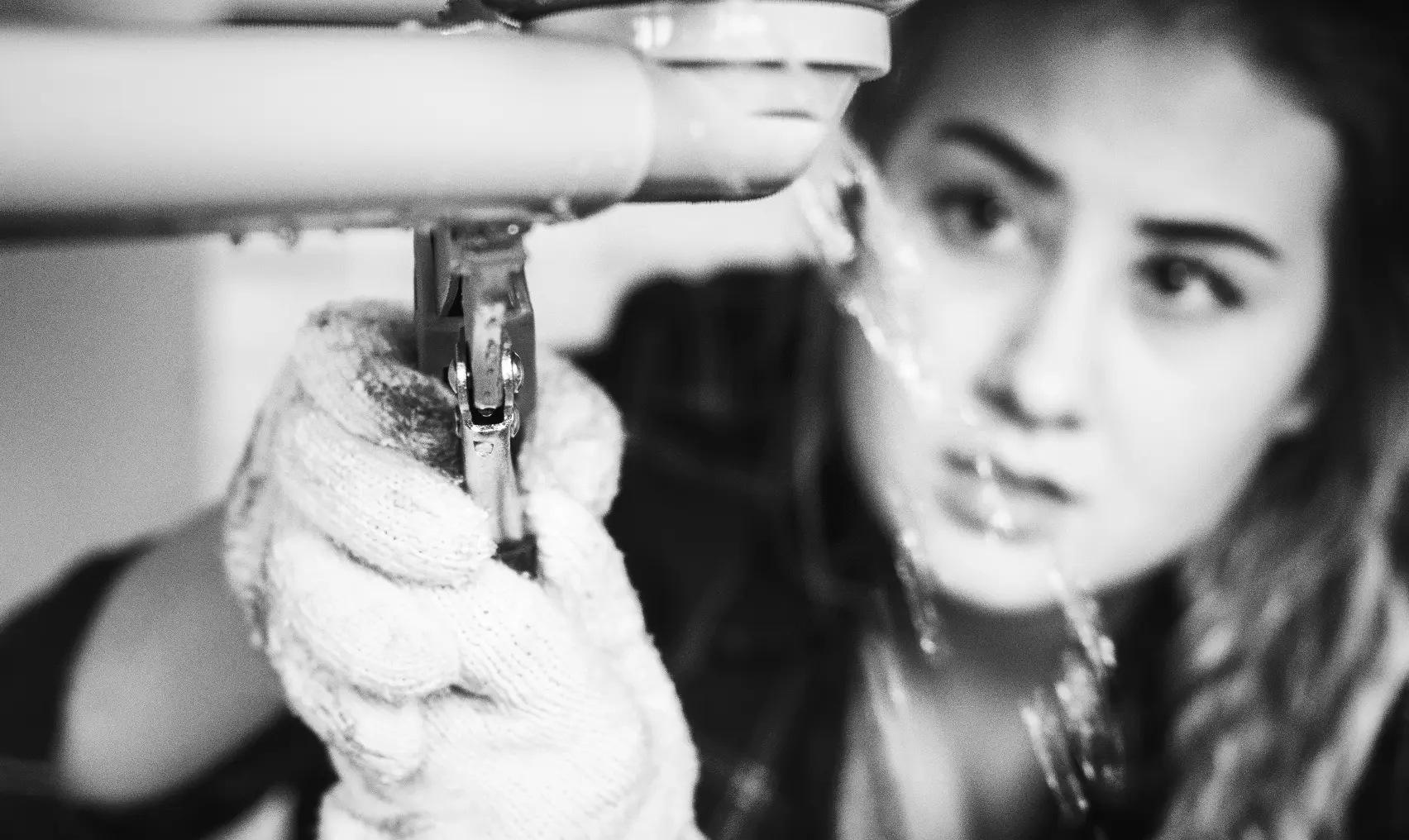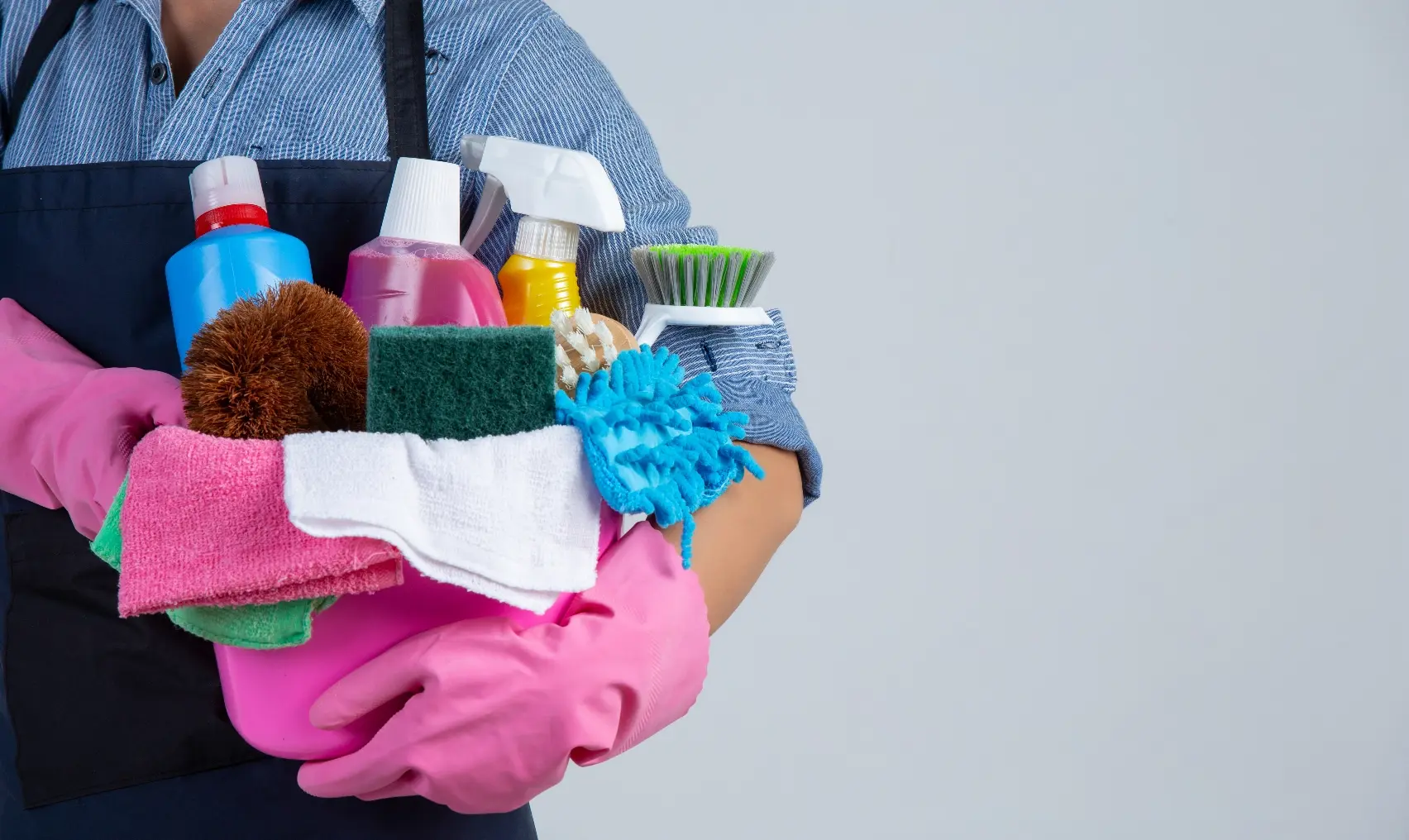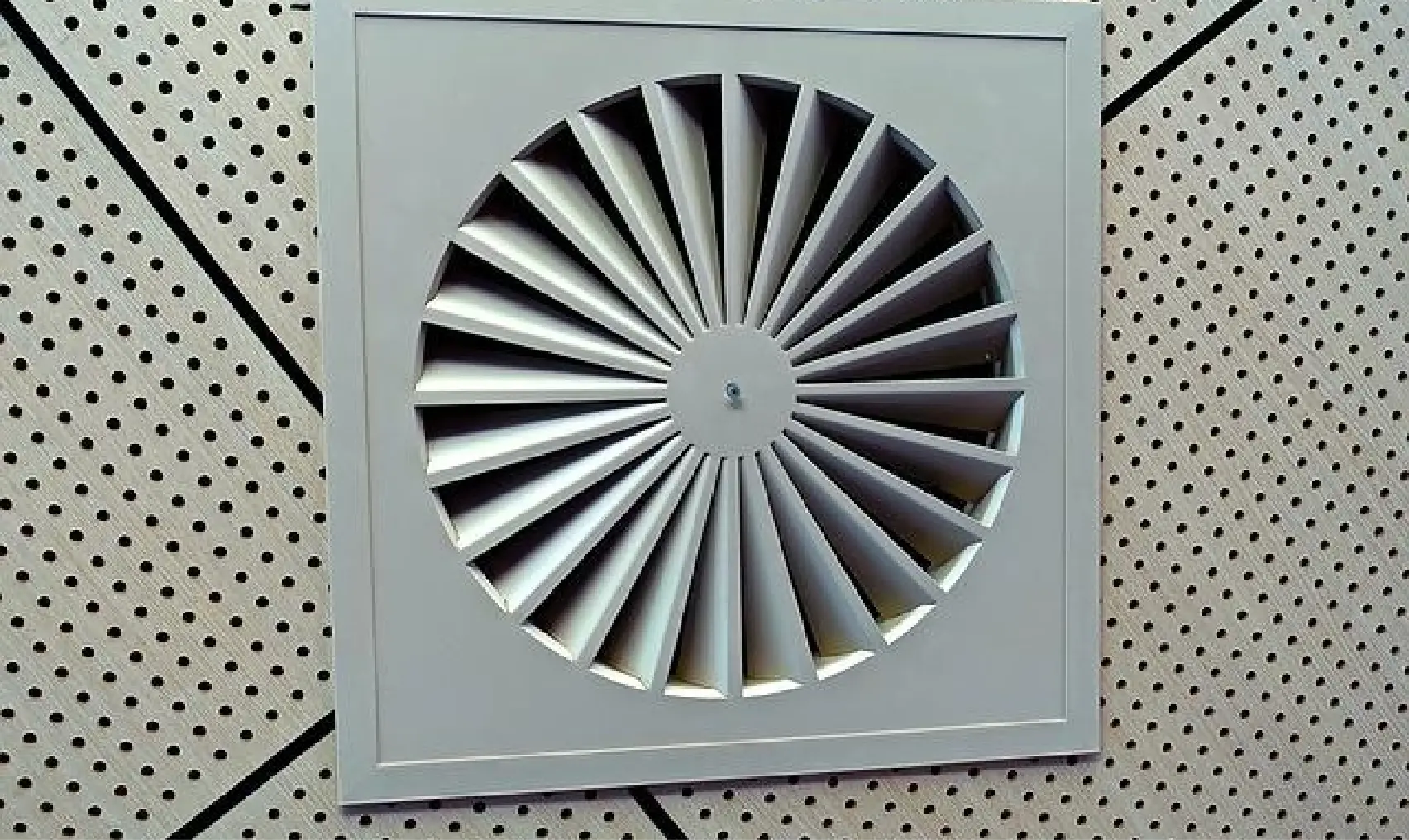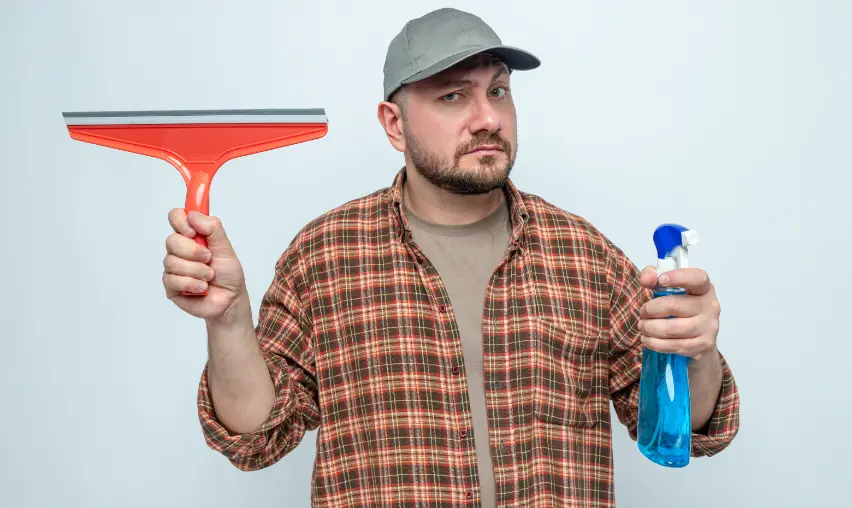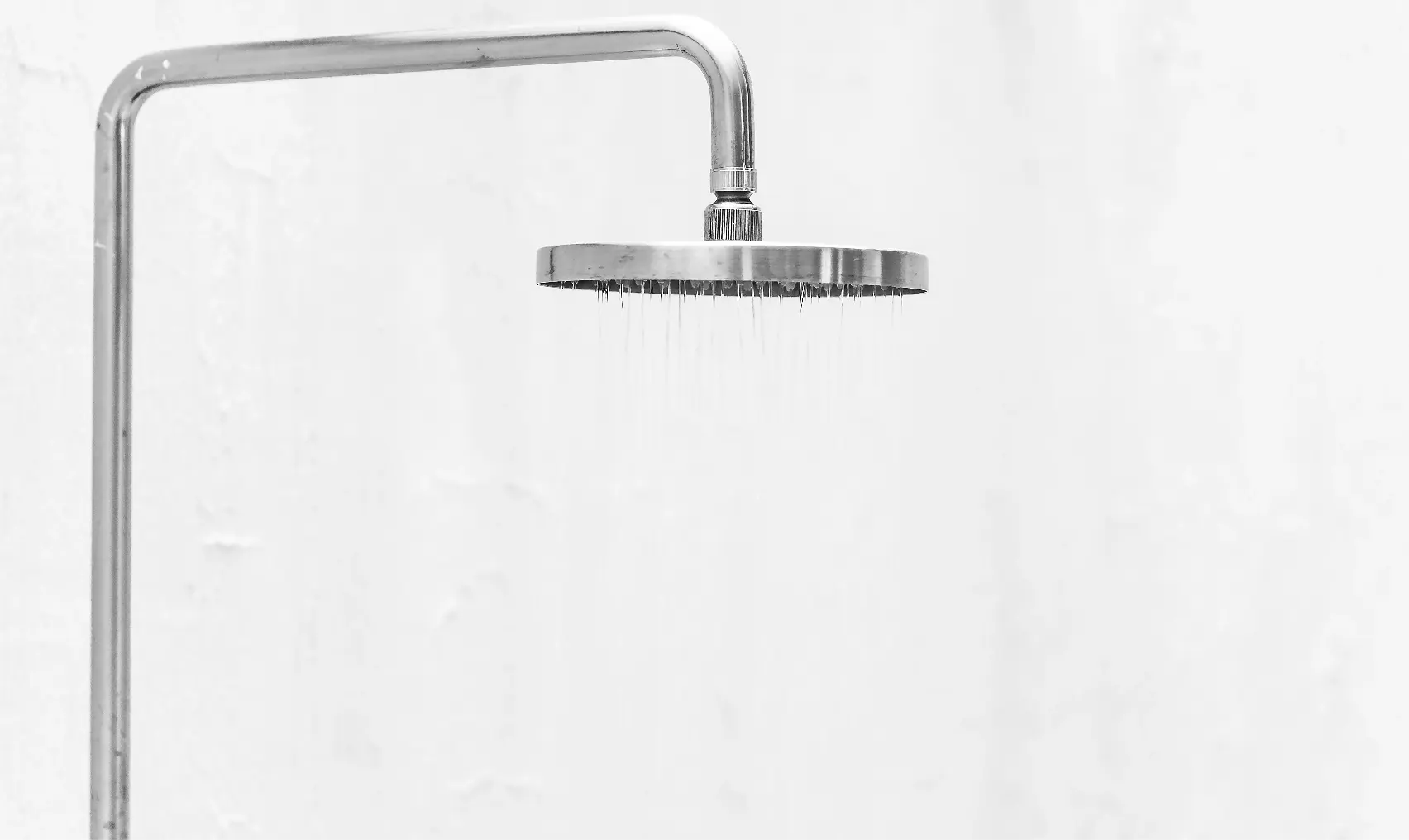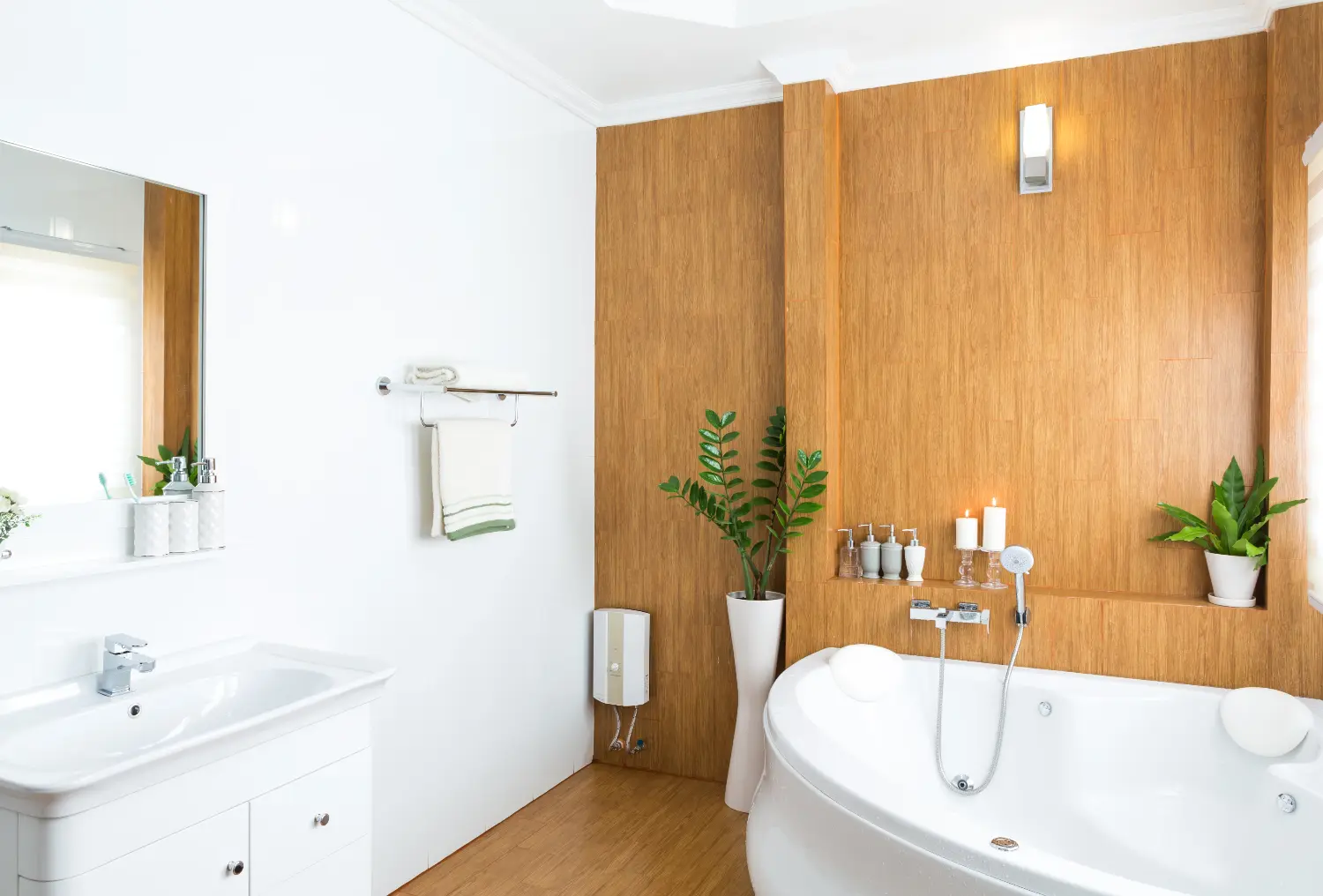
Easy Tips To Prevent Mold In The Bathroom
The moist conditions that a steamy shower creates in a cramped, enclosed space are the perfect condition for mold to thrive. In addition to being harmful to your health, mold can harm a variety of surfaces, including baseboards, windowsills, floors, ceilings, and walls. Every bathroom naturally produces moisture, but lowering the amount can aid in preventing the growth of mold or, if it has already started, can help it spread more slowly. Taking easy preventative steps is the key to preventing mold in the bathroom. One of the best preventive steps is to conduct regular deep cleaning of your bathroom but there are other ways to prevent mold too.
